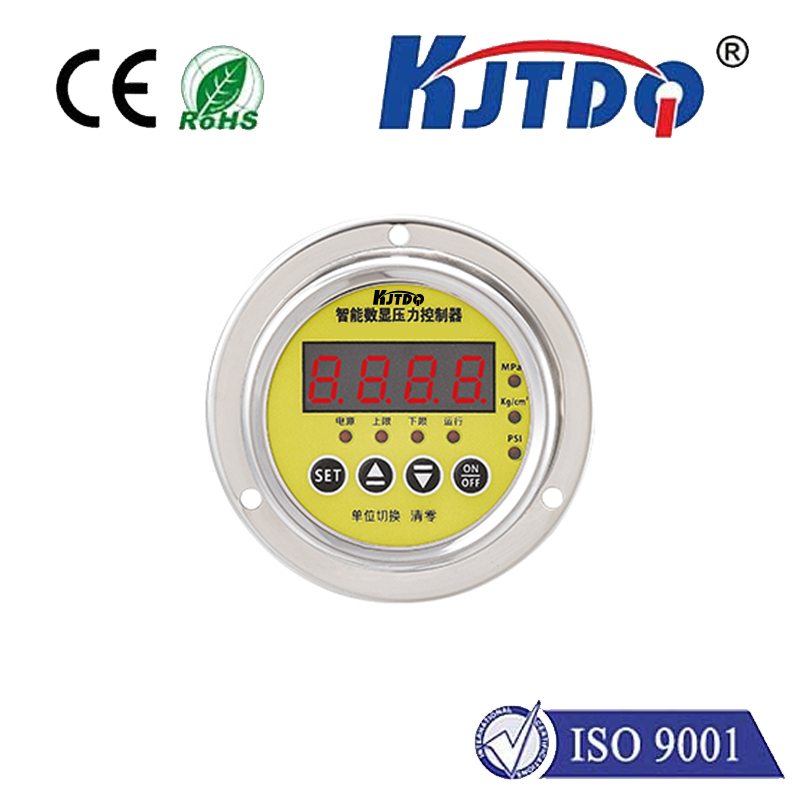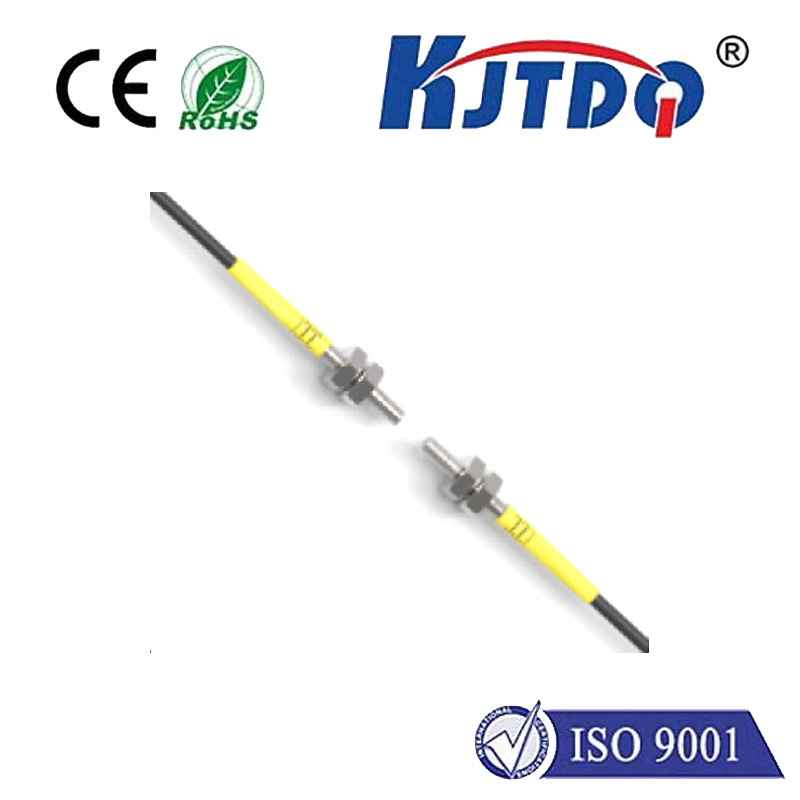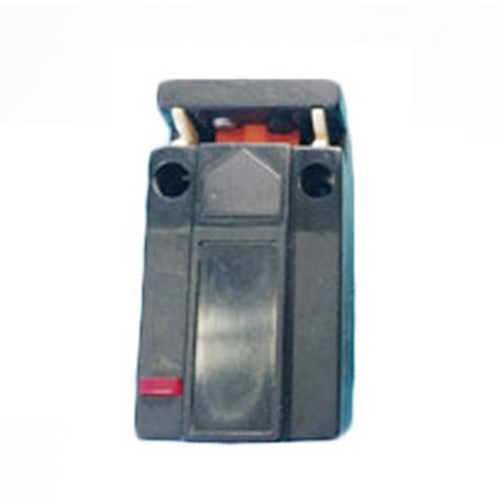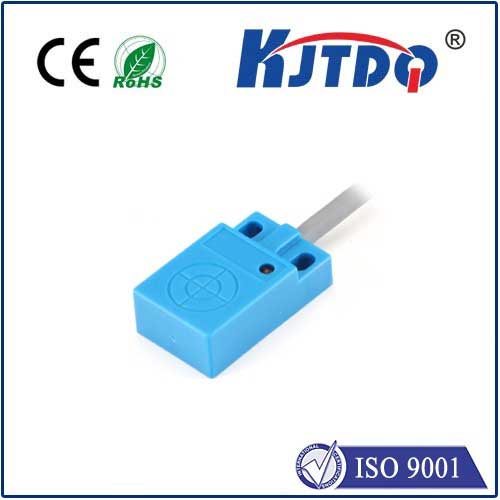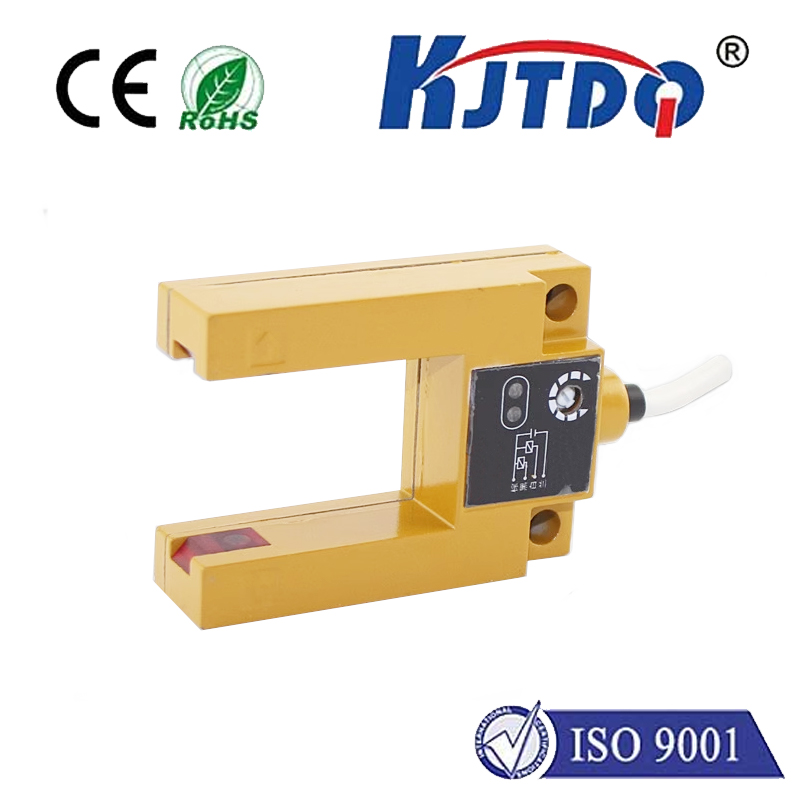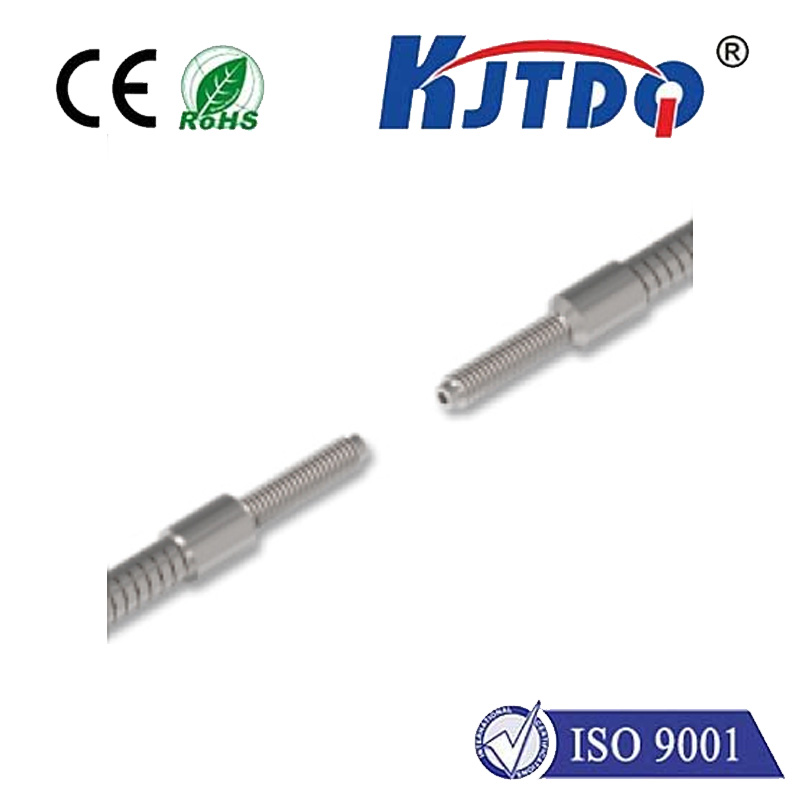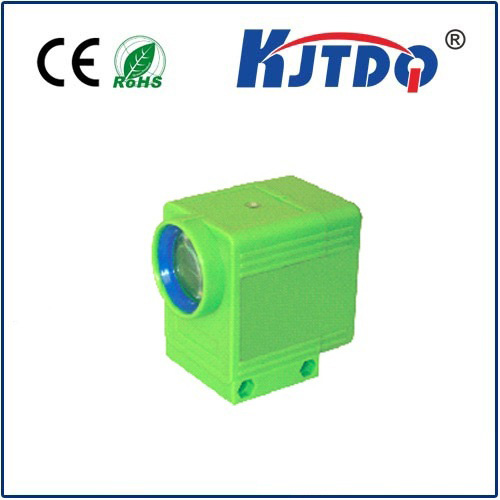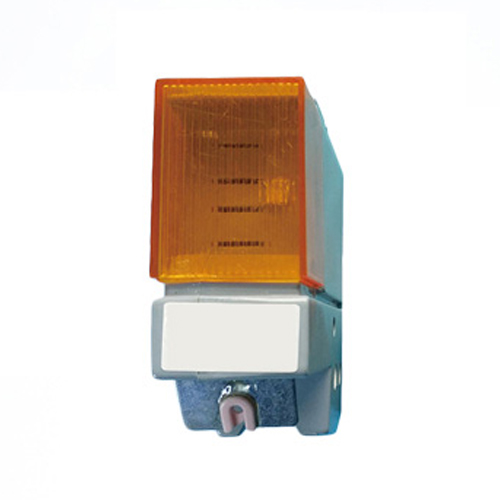

check

check

check

check

check

check

check

check

check

check
Laser Beam Position Sensor: A Revolutionary Technology in Precision Measurement
Introduction
The laser beam position sensor is a cutting-edge technology that has revolutionized the field of precision measurement. It uses a highly focused and intense beam of light to determine the exact position of an object or surface with incredible accuracy. In this article, we will explore the workings of this remarkable sensor and its numerous applications in various industries.
Working Principle of Laser Beam Position Sensor

The laser beam position sensor operates on the principle of triangulation. A laser beam is directed towards the target surface, and as it strikes the surface, it gets reflected back to the sensor. The sensor then measures the angle between the incident and reflected beams, which provides information about the distance between the sensor and the target surface. This data is processed to calculate the precise position of the object or surface being measured.
Key Features of Laser Beam Position Sensor
One of the most significant advantages of the laser beam position sensor is its high resolution, which allows for extremely accurate measurements. Additionally, it offers fast response times, making it ideal for real-time monitoring of moving objects or surfaces. The non-contact nature of the sensor also ensures that there is no wear and tear on the target surface during measurement.
Applications of Laser Beam Position Sensor
The laser beam position sensor has found widespread use in various industries due to its precision and reliability. In manufacturing, it is used for quality control, inspection, and assembly processes where accurate measurements are critical. In the automotive industry, it is employed for alignment and measurement tasks such as wheel alignment and body panel gap measurement. Other applications include robotics, machine vision, and medical imaging, where precise positioning is essential.
Conclusion
In conclusion, the laser beam position sensor is an innovative technology that has transformed the way we measure and monitor objects and surfaces. With its high resolution, fast response times, and non-contact nature, it has become an indispensable tool in various industries. As technology continues to advance, we can expect even more sophisticated applications of this revolutionary sensor in the future.
